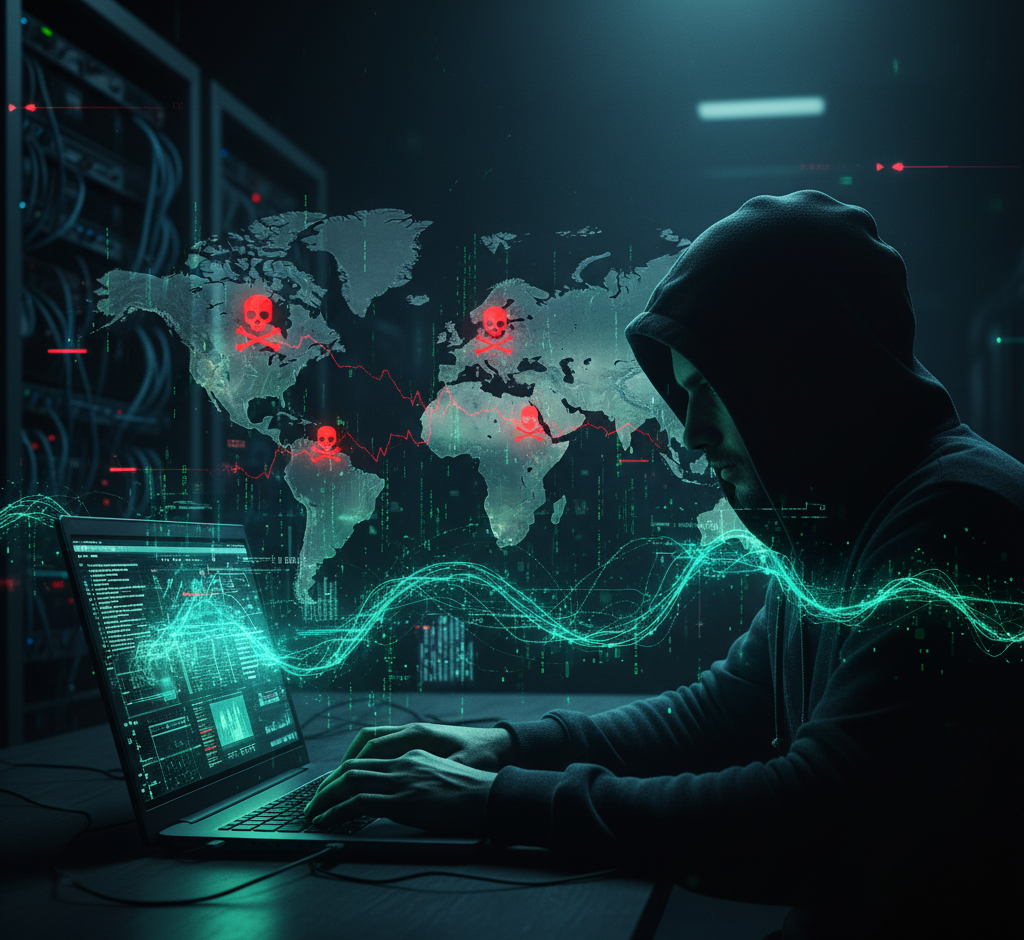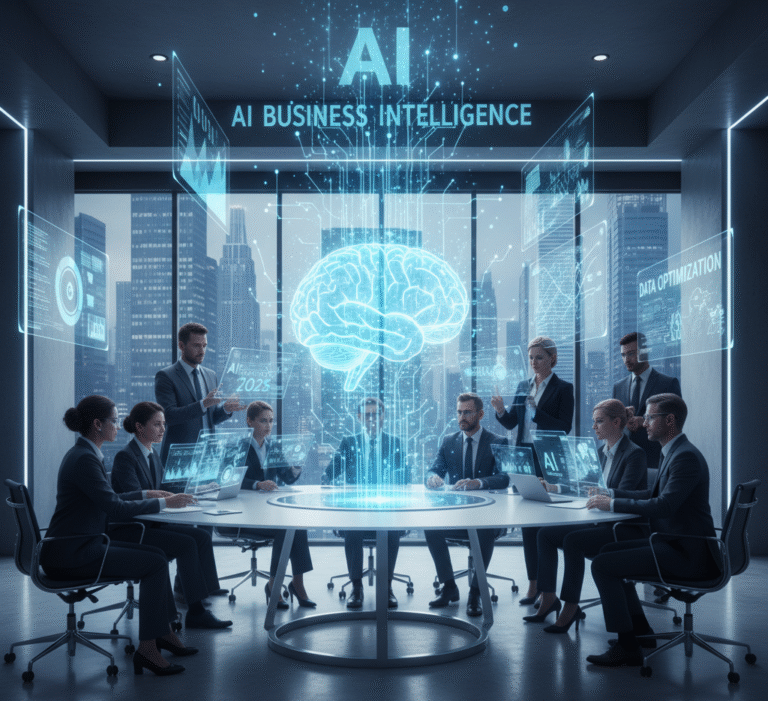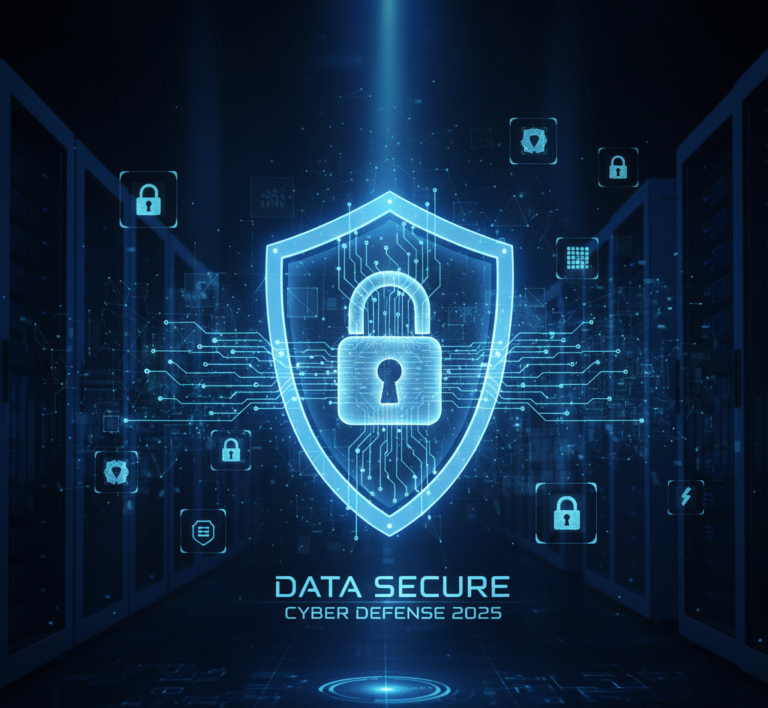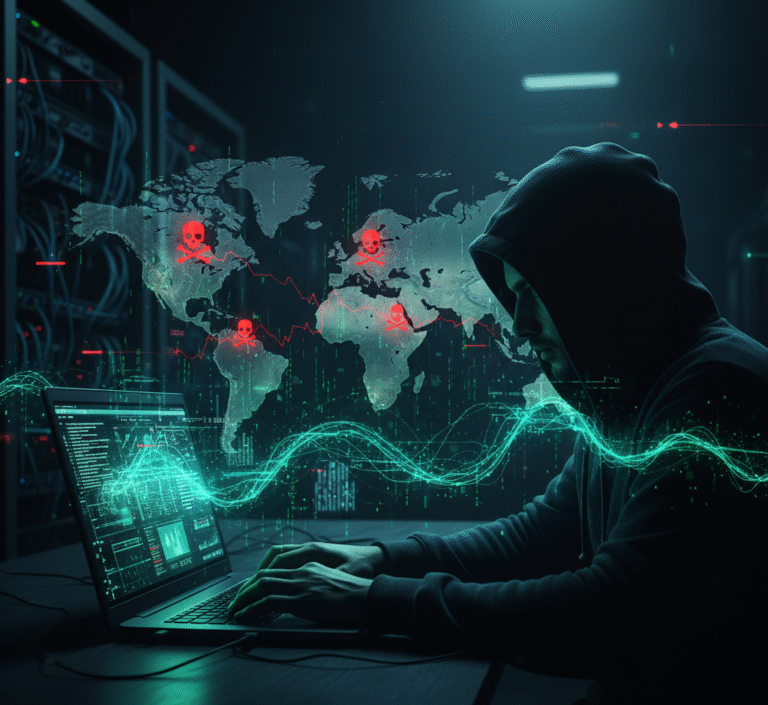
Global cyber-threat map: the real-time battlefield of cybersecurity news today
🧭 Cybersecurity News Today: Breaking Down the Digital Battles of 2025
Introduction
In 2025, digital transformation isn’t just about convenience—it’s a battleground. From state-sponsored attacks to AI-driven scams, the world of cybersecurity has never been more dynamic or dangerous. This blog delves into cybersecurity news today, highlighting major breaches, emerging trends, regulatory shifts and actionable insights that businesses and individuals must know.
1. Major Recent Incidents Shaping Cybersecurity News
1 State-Sponsored & Infrastructure Attacks
cybersecurity news Recent data shows that cyber-attacks backed by national actors are increasing. For example, Microsoft reported a 25% rise in attacks from Russian groups on NATO states year-over-year.
Another case: F5 Networks widely used by governments for traffic management was breached with source-code theft by a highly sophisticated group.
These incidents show that high-value, high-impact targets are under persistent, sophisticated threat.
2 AI-Driven Threats & Deepfakes
AI is not just a tool for defenders it’s a weapon for attackers. According to Microsoft, adversaries from Russia, China, Iran and North Korea used AI-generated content (phishing, deepfakes) and automated hacking campaigns.
A prominent example: Darktrace’s CEO revealed she received a voicemail deepfake of her own voice underscoring how deceptive AI has become.
The threat is evolving from traditional malware to highly personalized social-engineering attacks.
3 Surge in Telecom & SIM-Swap Frauds
Telecom networks are under pressure as SIM-swap frauds surge. In Australia, after rules introduced in 2022, cases rose again dramatically.
These incidents show that even everyday services (mobile, telco) remain weak links in the cyber chain.
4 Critical Vulnerabilities & Supply-Chain Exposure
Vulnerabilities in widely used software continue to fuel large-scale attacks. For instance, Oracle E‑Business Suite vulnerability CVE-2025-61882 was actively exploited by groups like CL0P.
This highlights the growing importance of supply-chain security in cybersecurity news discussions.
2. Key Trends Defining cybersecurity news in 2025
1 AI & Generative-AI as Both Offence and Defence
AI has become a core component of the threat landscape and of defensive strategies. According to IBM, in 2025 “shadow AI” (unsanctioned AI use within organisations) emerges as a significant risk.
Attackers now use AI to craft phishing campaigns, automate intrusion workflows and generate deepfakes. Defenders use AI for detection, anomaly analysis and automated response—but the arms race is accelerating.
2 Identity-First Security & Machine Identity
With hybrid cloud and multicloud environments, identity is now the security perimeter. IBM predicts “Identity-First” strategies will dominate.
Machine identities (APIs, containers, devices) are proliferating, creating new attack surfaces if unmanaged.
3 Supply-Chain Vulnerabilities & Third-Party Risk
As outsourcing and cloud-services grow, so do software dependencies. Breaches of foundational infrastructure (like F5’s Big-IP) blast open doors to many organisations.
Managing vendor risk, software bill-of-materials, and third-party credentials is now essential.
4 Ransomware Evolution & Critical-Infrastructure Targets
Ransomware is shifting from data-theft to disruption of critical services—healthcare, transport, utilities.
State actors are also targeting operational-technology (OT) systems, not just IT.
This means organisations must shift from “if” to “when” mindset for major incidents.
5 Regulatory Pressure & Cyber-Resilience
cybersecurity news is increasingly regulated. For example, the expiration of the cybersecurity news Information Sharing Act in the U.S. changes how private-public threat-sharing may operate.
Moreover, resilience—ability to bounce back—matters as much as prevention.
3. Business & Organisational Implications
1 Cyber Risk = Business Risk
Cyber-incidents are not just IT issues—they damage brand, operations, revenue and trust. The F5 breach, for instance, affects thousands of enterprises relying on the platform.
Boards and executives must include cybersecurity news in strategic risk frameworks.
2 Skills Shortage & Human Factor
Technology alone cannot solve cyber issues; people and processes matter. Many organisations lack the skills or readiness to face advanced threats.
Training, awareness, and culture change become as important as tools.
3 Zero-Trust Architecture & Least Privilege
Given the rise of lateral attacks and supply-chain compromises, zero-trust models (never trust, always verify) are essential. Segmentation, device identity and continuous monitoring are key.
4 Automation & AI in Defence
Defenders will increasingly rely on AI/ML for detection and response, but must govern usage, avoid bias and manage adversarial risks.
Automation also helps scale defence in an environment of overwhelming threats.
5 Resilience Planning & Incident Response
With disruption more likely than prevention, incident-response planning, backups, crisis simulation and resilience strategies are critical.
Regulatory readiness and cyber-insurance also play roles.
The World on the Edge of an Economic Reset
The year 2025 marks a crucial turning point for the global economy. After years of post-pandemic recovery, geopolitical tensions, and rising inflation, the world now faces the risk of a global economic slowdown.
With US-China trade relations shifting, oil prices fluctuating, and AI transforming productivity, countries are rethinking strategies to sustain growth.
4. What You Can Do Right Now
Whether you are a business leader, IT professional or individual user, here are actionable steps:
-
Inventory your digital footprint: know all assets, identities, third-party relationships.
-
Implement Zero-Trust: enforce least privilege, enable MFA, monitor device and machine identity.
-
Patch and manage vulnerabilities: prioritise critical flaws like CVE-2025-61882.
-
Train your workforce: include simulation of AI-driven phishing, deepfakes, supply-chain attack patterns.
-
Use AI wisely: Deploy AI for defence—but govern its usage and ensure visibility on “shadow AI”.
-
Plan for disruption: build incident response, business continuity, backups and test them regularly.
-
Stay compliant and informed: Monitor regulatory changes and reporting requirements (eg. sharing laws, supply-chain mandates).
-
Monitor third-party risk: Audit vendors, software dependencies, machine identities and supply-chain exposure.
-
Invest in resilience, not just prevention: Accept some attacks will succeed—how you recover matters.
5. Looking Ahead: The Future of cybersecurity news
What can we expect in coming years?
-
Quantum-era threats: Post-quantum cryptography will become mainstream as quantum computers threaten existing encryption.
-
AI-powered autonomous attacks: Attacks generated and executed by AI agents with little human oversight will become a serious reality.
-
Critical infrastructure war-fighting in cyberspace: As seen in the Russia-NATO example, cyber war will overlap more with kinetic conflict.
-
Data as attack surface: With massive volumes of data and AI systems consuming them, securing data becomes central.
-
Security plus privacy plus resilience: The triad of security will become: prevent, detect and recover—embedded in culture, not just technology.
Conclusion
In a hyper-connected world, cybersecurity news today isn’t just about headlines—it’s about understanding evolving threats, adapting defence strategies, and building resilience. From AI-driven phishing to nation-state supply-chain attacks, the landscape is fraught with danger—but also rich with opportunity for organisations that prepare.
The future of cybersecurity news is not just reactive—it’s strategic, resilient and dynamic. Stay informed. Stay vigilant. And most importantly—stay ready.



